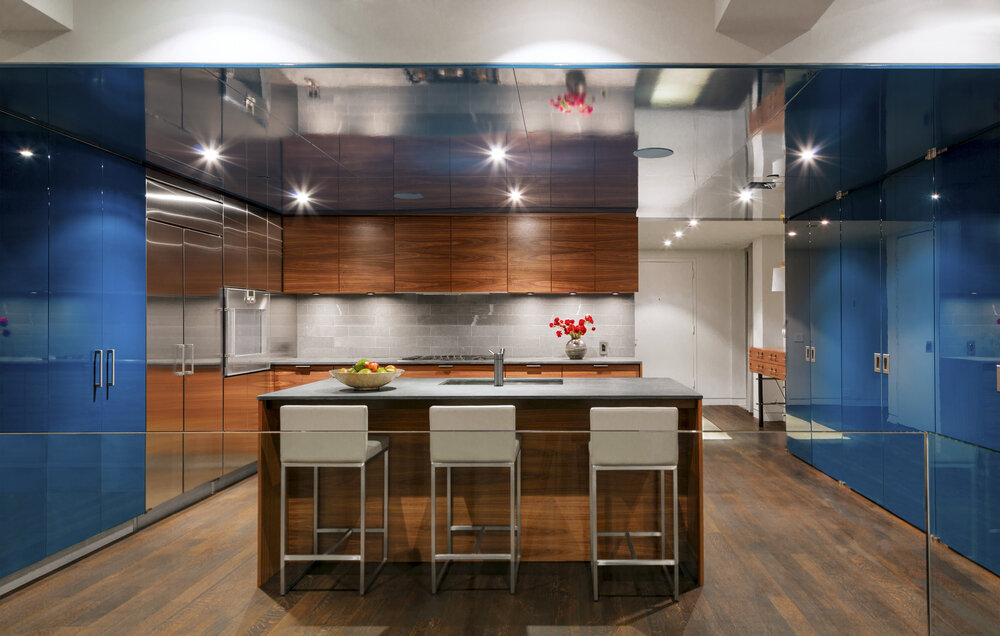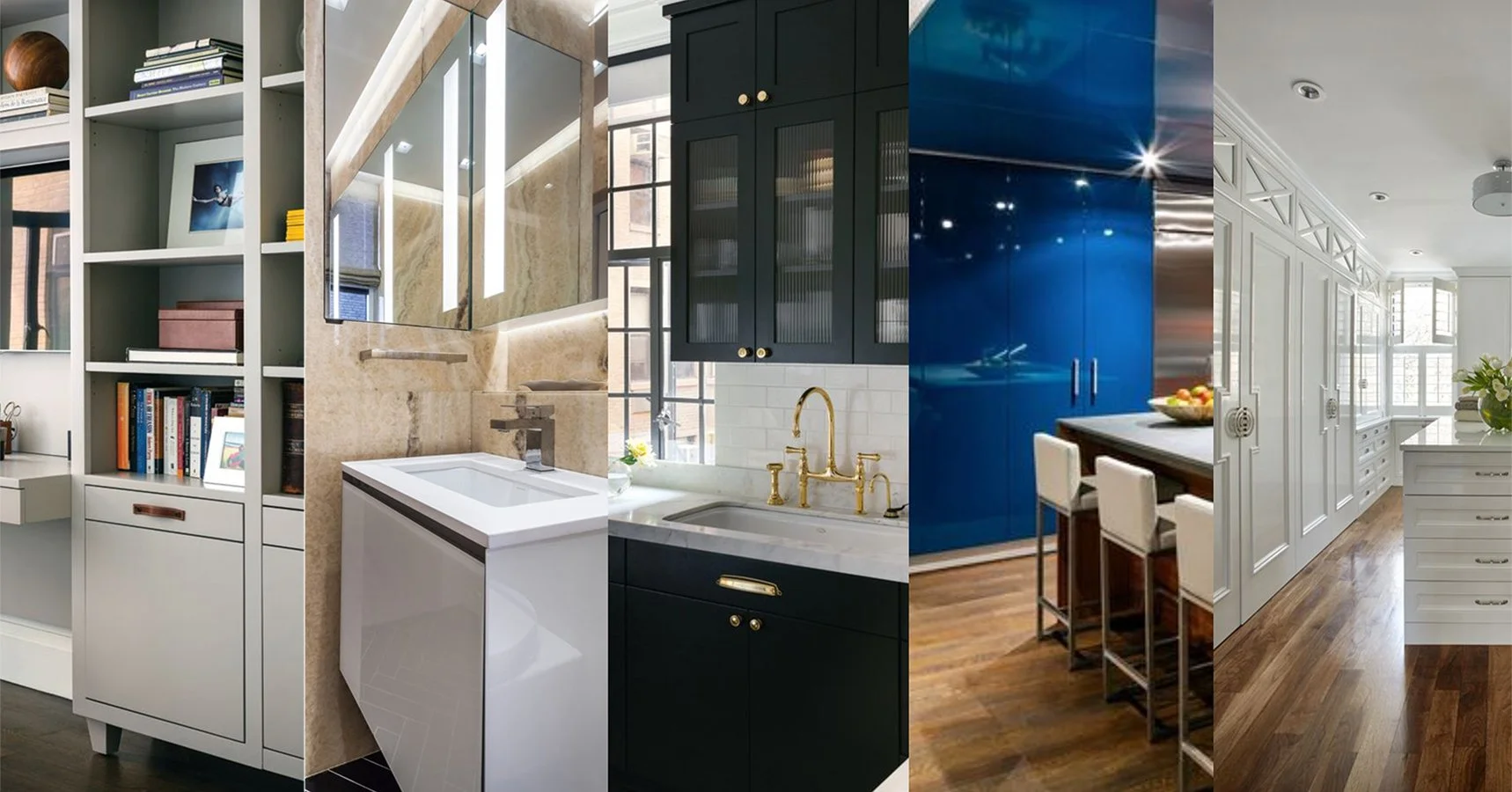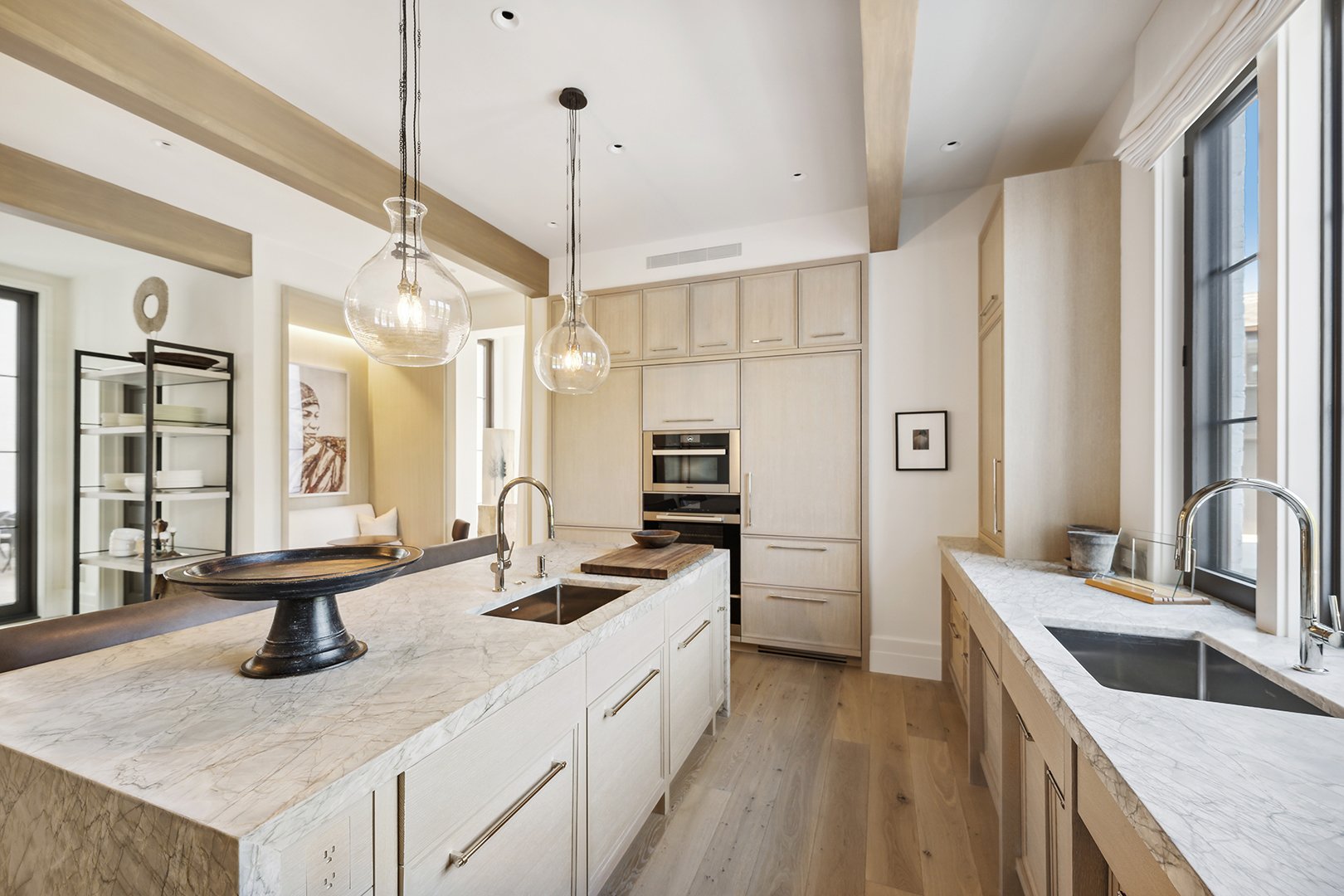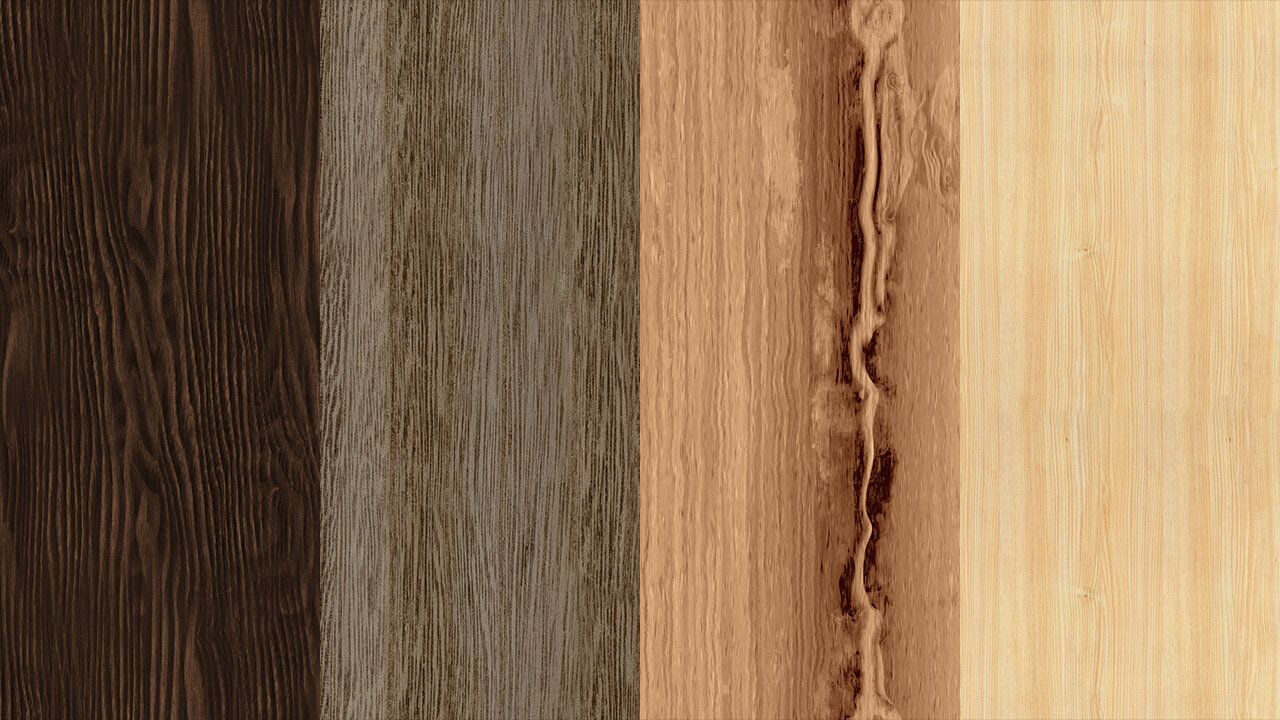Wood, whether it be on floors, cabinets, or furniture, appeals to many because of its unique and natural characteristics. Wood comes in various beautiful colors and grain patterns. It can be stained or enjoyed in its natural color. Today we’ll look at walnut wood, one of the most versatile options that work well with just about any style of kitchen.
All About Walnut Wood
The walnut tree commonly found in North America goes by the scientific name of Juglans nigra, or more commonly known as black walnut, Eastern black walnut, or American walnut. It has a wide variety of uses such as furniture, cabinetry (Walnut Kitchen Cabinet), flooring, musical instruments, wood carvings, and knickknacks.
It’s most known for its classic dark brown color but can actually vary. If the wood is from the heartwood, the center of the tree, then it can range from a pale brown to a darker chocolate brown.
This is the color we most commonly associate with walnut. It can have lighter brown, gray, or reddish tints. When taken from the sapwood, the soft outer layer of the tree, walnut has a lighter color ranging from creamy white to yellow. Unlike other commonly used wood such as oak, cherry, and maple, walnut wood lightens in color with age.
The wood grain is generally straight, but it can have some irregularities like swirls and waves. This gives it a lot of uniqueness and character, which is another reason for its popularity. Walnut is also popular with woodworkers, especially in the United States, because it’s light and easy to work with.
Why Should You Use Walnut?
Walnut is undoubtedly a beautiful material, which is why it’s well in demand. Its signature dark color lends itself well to a variety of design styles. It can be used in a more traditionally designed or classic kitchen, living room, dining room, or office. It also works well in more streamlined and modern design styles.
The generally straight grain gives it a more premium look, while the unique irregularities add character to the design. Walnut is also known for its durability. It is strong, stable, and resistant to shock. This ensures that your walnut floors and walnut kitchen cabinets will last you for years if you opt to use solid wood.
The kitchen above combines stained walnut kitchen cabinets to contrast the high gloss blue to give it a modern and luxurious flair.
Walnut frames were used for the fabric wall paneling to complement this warm and inviting dining room look.
However, no material is perfect. Walnut does have a few drawbacks. Firstly, it is considered a premium wood. It’s highly sought after, and it’s harder to source than some other options such as oak and maple. This makes it more expensive, though its price has come down in recent years.
For the more budget-conscious homeowner, this can be a deal-breaker. Another drawback is also one of its strengths –the uniqueness of grain and color variation. Depending on the person, the variation may turn them off. Even in a single-wide wood, the walnut can vary greatly. To some, this is an asset, to some a negative.
If budget is a concern, but you still want the warmth and beauty of walnut in your spaces, there are still options. You can consider using walnut as a veneer.
This means that a thin layer of walnut is placed on top of less expensive material. However, this will sacrifice some durability that you would get from using solid walnut. Another option is to use walnut as more of an accent piece instead of having all of your cabinets in walnut.
Overall, walnut is an elegant and versatile material that will add a touch of warmth to your home. Its innate durability ensures that it will last you years. You can use it on your floors, cabinets, or furniture to achieve a classic and timeless look. A touch of walnut wood may just be what your home needs.
Thank you for Visiting Wood and Co











